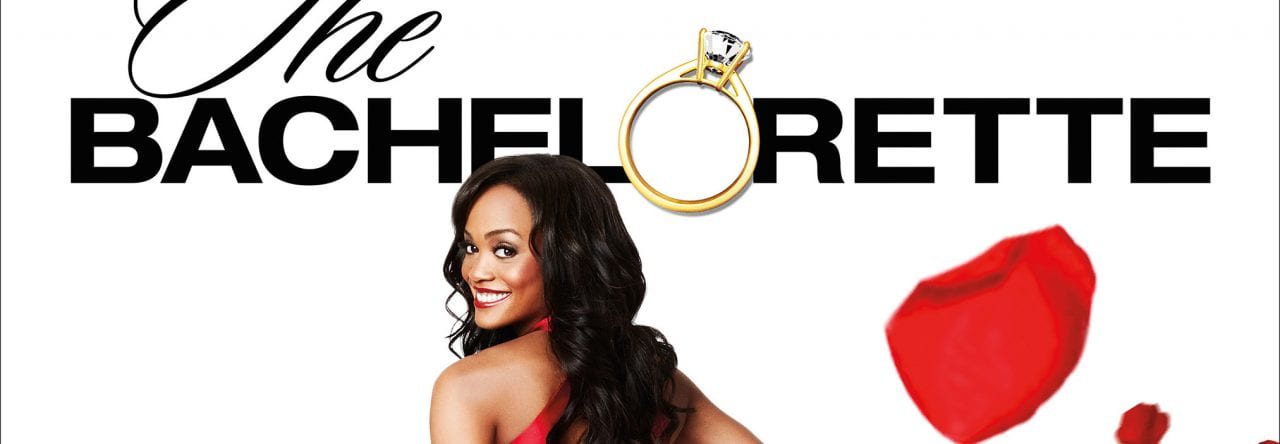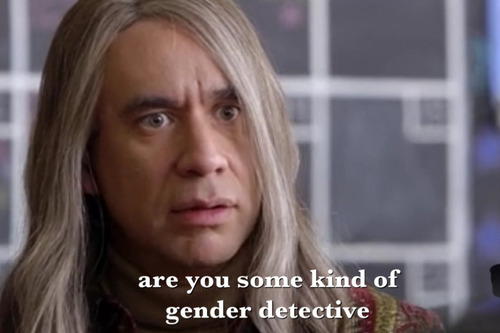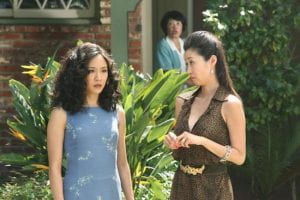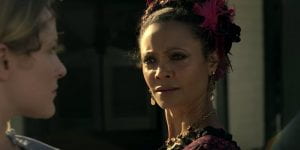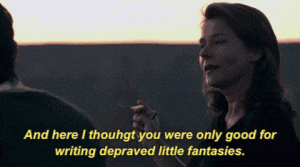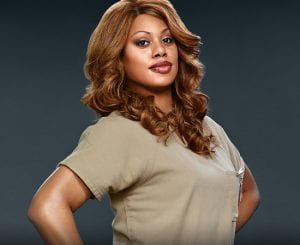Jessica Jones is the main heroine of the show, as implied by the name. A female show runner already puts the show above others in terms of gender representation and inclusion. The show does well to focus on strong female characters such as Trish and Hogarth, the lawyer.
This show is based off of a comic and follows the trends of such modern superhero shows. Basically, the producers change the race and gender of several characters so that the show is more inclusive and appeals to a wider audience. Jessica Jones, for example, swapped the lawyer’s gender to the stone-cold, homosexual woman that is one of the central characters of the show. This move made by the show shows that it is trying its best to represent more sexual orientations and genders than its source material. This is an obvious indicator of the improvement of representation in today’s world, because the producers would go to such lengths as changing and introducing new characters so that they steer away from how it was back when the comics where first produced.

Even without the changes, the Jessica Jones’ New York City is rather inclusive when it comes to its representation of gender and race. Of cours
e one of the underlying themes in the show is its discussion of rape culture and how women are represented to deal with that and the issue of consent, especially while under the influence; though it may be mind control, its no different then the effects of alcohol. Jessica Jones is shown to be a strong individual who still has emotional issues as all of us do, so the show really balances stereotypes with actual humanity in a way that makes Jessica the character that she is.
Lastly, as far as inclusion, the interracial relationship between Jones and Luke Cage makes a big jump towards discussing a topic that is often shied away from and under-represented. Overall, I feel like my opinion as a dude does not do the show justice, but I think the show does a pretty spot-on job with its embracement of all viewers and potential fans.
